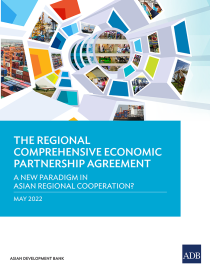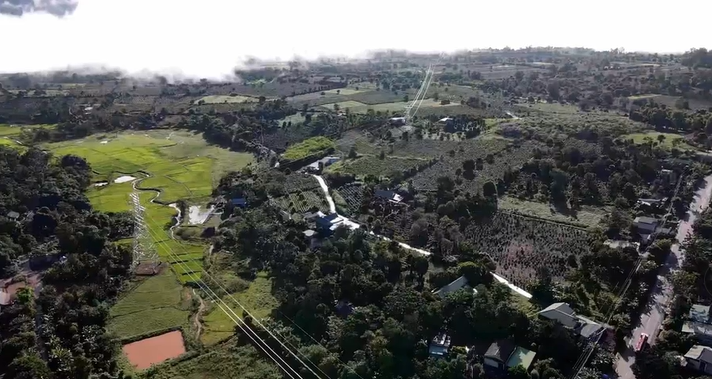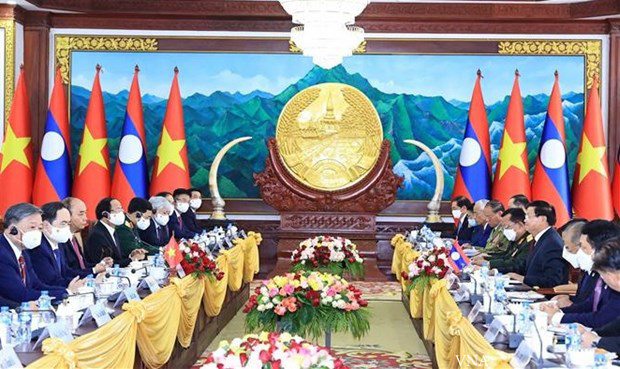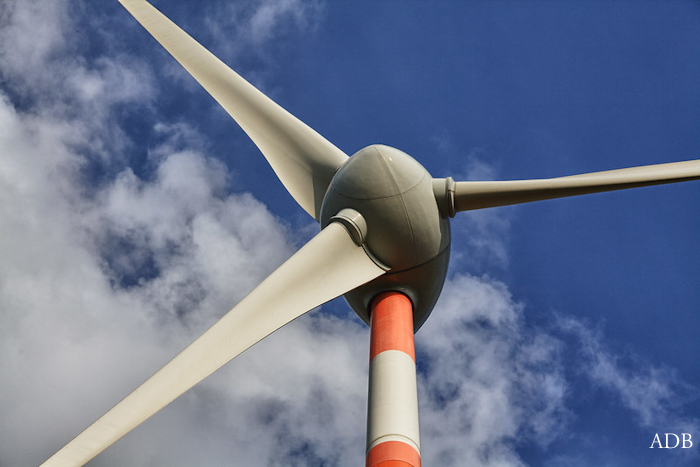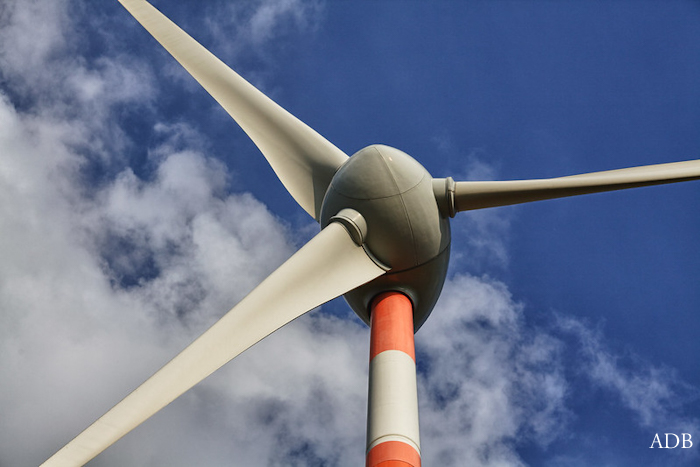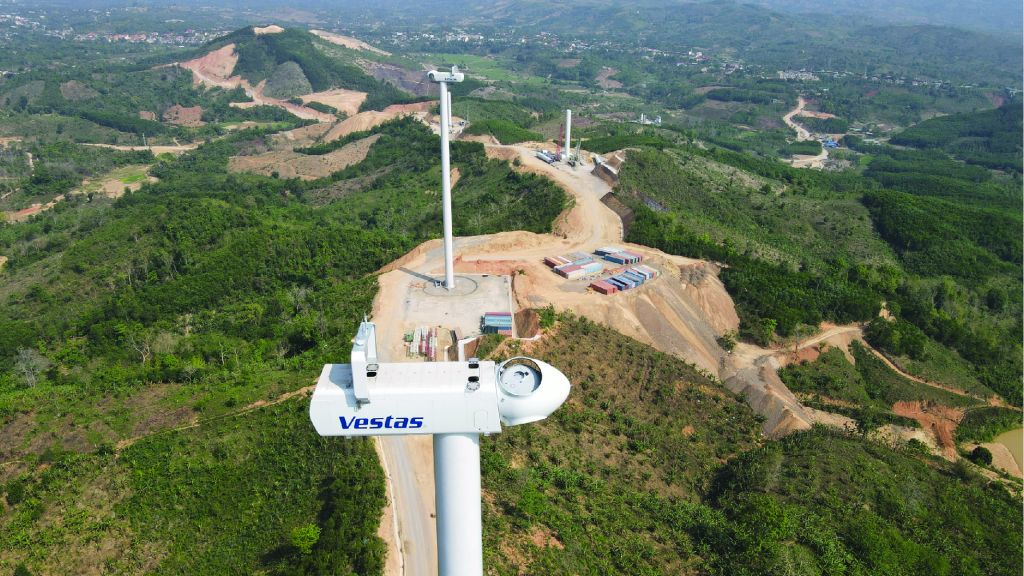Viet Nam
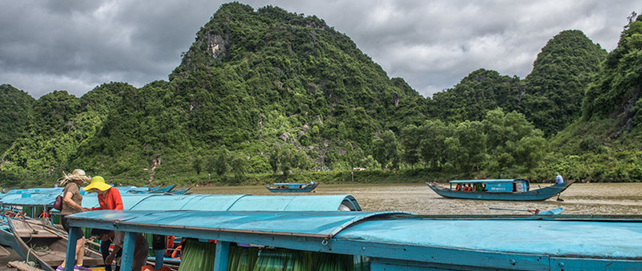
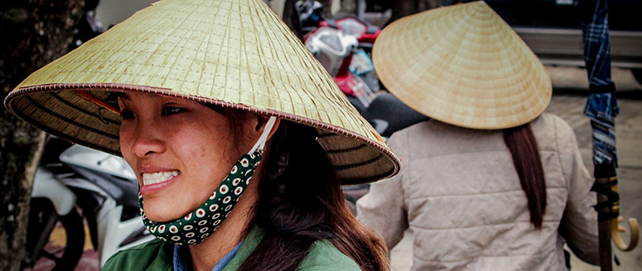




Over the past few decades, economic and political reforms have transformed Viet Nam from being one of the world’s poorest to a lower-middle income country. During this period, its economy has been among the fastest growing in the world. Poverty rates have been dramatically reduced, and there have been major improvements in education, health, and infrastructure. Nearly the entire population now has access to electricity. GMS cooperation plays an important role in Viet Nam’s development. Viet Nam is looking to develop a more dynamic market economy that can compete globally and deliver sustained and equitable growth. Other national priorities include achieving environmental sustainability, addressing climate change challenges, and ensuring that development gains better reach ethnic minorities and other vulnerable groups.
Quick Facts
| Population | 99.46 million (2022) |
| Average Annual Population Growth Rate | 1.1% (2017-2022) |
| GDP at PPP (current international dollars) | 1.32 trillion (2022) |
| Annual Growth Rate of GDP (%) | 8 (2022) |
| GDP per capita at PPP (current international dollars) | 13,457 (2022) |
Sources: ADB Basic Statistics 2023, World Development Indicators (accessed July 2023)
Agriculture
Viet Nam has made great progress in agriculture over the past 30 years, and it is now a leading global exporter of rice, coffee, pepper, cassava, and rubber. Viet Nam’s agribusinesses are active investors in the GMS, particularly in Cambodia, the Lao PDR, and Myanmar. The government’s agricultural priorities include using land and water resources more sustainably, improving food safety, and focusing on higher-value crops. Viet Nam is also building climate resilience in the agriculture sector, especially to prepare for the projected rise in the sea levels of the productive Red River and Mekong deltas.
Energy
With significant coal, oil, and natural gas resources, as well as a large hydropower system, Viet Nam is mostly energy self-sufficient. The country also has untapped renewable energy potential from biomass, solar, and wind sources. It has made excellent progress in ensuring rural access to electricity, with almost 100% of households now connected. Looking ahead, Viet Nam has new policies and strategies in place for increasing renewable energy production and improving energy efficiency.
Environment
Viet Nam’s forested mountain ranges cover much of the country before giving way to the flatlands and waterways of the Mekong Delta, in the far south. The Mekong Delta is the country’s “rice bowl,” but it also has much biodiversity, including many aquatic species. In recent years, Viet Nam has made major investments in biodiversity conservation. It has also implemented a national payment scheme for users of forest ecosystem services—such as hydropower companies that rely on water—to compensate local communities for protecting forest watersheds. Vulnerable to sea-level rises, droughts, and floods, Viet Nam is strengthening its climate change resilience.
Human Resource Development and Health
Human resource development has helped drive Viet Nam’s impressive economic growth in recent decades. Furthering human resource development is a key pillar of the country’s socioeconomic development strategy. Priorities include strengthening higher education and vocational training, and investing more in science and technology. Aided by its strong grassroots health network, Viet Nam has made impressive progress in terms of public health. Infant and child mortality rates, as well as maternal mortality ratio, are greatly reduced, and life expectancy continues to improve. The government is boosting its public health spending as the country continues its march toward universal coverage.
Information and Communication Technology
Viet Nam recognizes that ICT has a vital role to play in helping the country achieve its socioeconomic development targets. Recent investments in telecommunications infrastructure have increased access to mobile phone and internet services, with almost half of the country’s population now using the internet. Viet Nam has ambitious plans to further develop this sector, including investing in fiber-optic cables and expanding 4G internet services. The country is also looking to increase the use of ICT in education and government.
Tourism
With its rich culture and abundant historical and natural assets, Viet Nam now draws more than 10 million international visitors per year. Among its leading attractions are the stunning limestone pillars of Ha Long Bay, the beach resorts of Phu Quoc Island, and the Imperial City in Hue. The two main cities—Ho Chi Minh and Ha Noi— are also popular destinations. Viet Nam is trying to increase tourism’s contributions to the economy by promoting investments in the hospitality industry and targeting higher-spending markets. It is also prioritizing better tourism site protection and management.
Transport
In recent years, Viet Nam has invested substantially in transport infrastructure, and is now reaping the benefits. Today, the country’s road network provides rural communities with better access to markets, helping to reduce poverty. New roads, seaports, and airports have stimulated regional integration and trade, and the government has ambitious plans to further modernize and enlarge the transport infrastructure. Priorities include upgrading and expanding highways and railways, building a new international airport near Ho Chi Minh City, and creating metro systems. Viet Nam is also actively looking to climate-proof its transport investments.
Transport and Trade Facilitation
Viet Nam is a major global exporter of rice and other agricultural products. The country relies on its GMS partners for more than a third of its imports, and its biggest trading partner is the PRC. The country is now working with its GMS partners to ensure safer and more efficient cross-border transport and trade procedures. For instance, it now has a “single-stop” inspection system at the Lao Bao–Dasavanh border crossing with the Lao PDR, and has been working with the PRC and the Lao PDR to protect crops, livestock, and consumers against trade-related health hazards.
Urban Development
Viet Nam is the only GMS country that has two primary cities: Ha Noi in the north and Ho Chi Minh in the south. Although urban population growth has surged during the past quarter century, nearly two-thirds of Viet Nam’s people still live in the countryside. Viet Nam has a long-term strategy of building a national network of modern urban centers. Currently, much effort is going into developing the country’s secondary cities, where the government and partners are working together to enhance basic infrastructure, improve climate resilience and environmental management, and stimulate economic growth.
GMS Program Officials and Contacts in Viet Nam
- PHAM Hoang Mai (Dr)
National Coordinator Director General Foreign Economic Relations Department Ministry of Planning and Finance - NGUYEN Viet Ha (Mr)
Official Foreign Economic Relations Department Ministry of Planning and Finance




